A guest post from our summer data science intern Raniere Silva. Raniere is a PhD Candidate at City University of Hong Kong and interested in reproducible research. During July and August 2022, I was a summer intern at GigaScience Press investigating how GigaScience and GigaByte journals could use Frictionless Data to help researchers make data driven discovery faster.

Open Data in the Third Dimension Data are not just ephemeral units of magnetisation sitting on computer hard drives. The linking of the word to storable computer information only goes back to the mid-20 th century, but the use of the latin word data in English goes back to at least the 17 th Century.
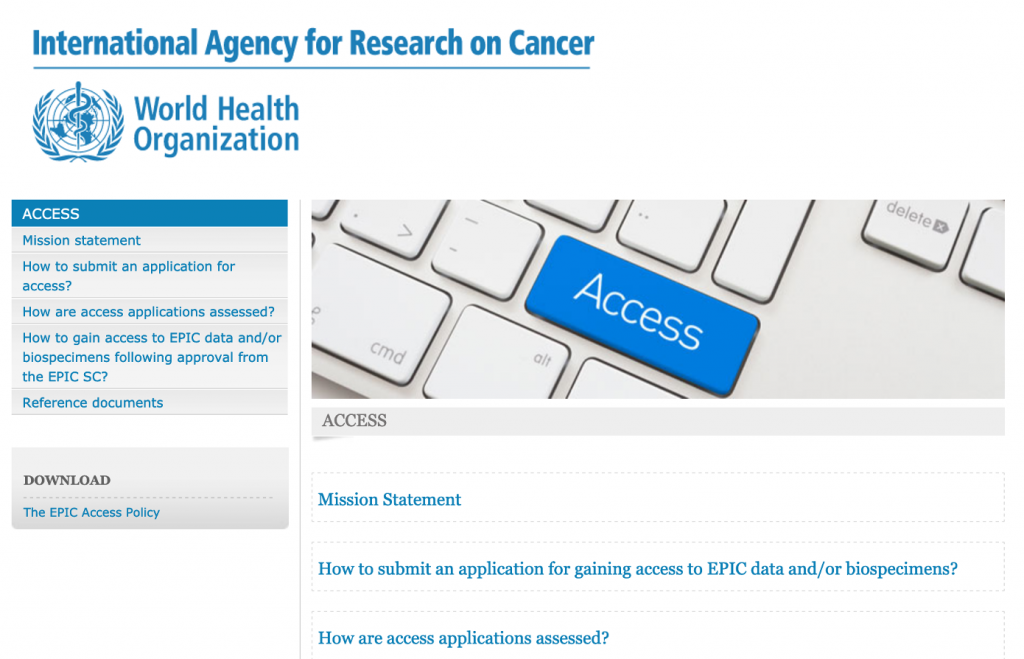
We have a Q&A with author Matthieu Foll from the WHO International Agency for Research on Cancer (IARC) on his new GigaScience paper presenting multi-omic data from rare lung neuroendocrine neoplasms and his experience having the precious Controlled Access data peer reviewed by named peer reviewers. As a journal focused on reproducibility of research GigaScience has a strict open-science policy, meaning

This is the last blog post of 2019 and it is time again to look back at some of the amazing research published in GigaScience over the past year. Besides handling manuscripts, reviews and data, the editors and curators also attended conferences near and far, they contributed to policy discussions and prepared the launch of a new journal, GigaByte. More about all these activities below.
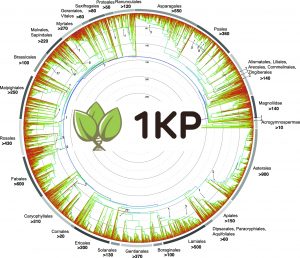
Lessons learned in the evolution of large-scale data sharing New studies out today elucidate the framework for 1 billion years of green plant evolution. The work are the results of nearly a decades work from an international consortium of nearly 200 plant researchers generating gene sequences from more than 1100 plant species.

The 12th International Biocuration Conference was held in Cambridge, UK from April 7-10th 2019. As regular participants of the meeting you can read our write-ups of the meeting going back to 2012. This is a forum for biocurators and developers to discuss their work and to promote collaboration.
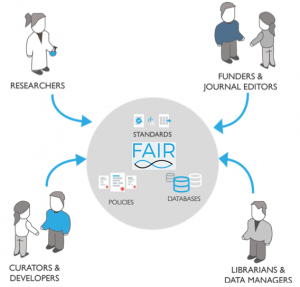
FAIRer Sharing via FAIRsharing Image from FAIRsharing.org. Our aim at GigaScience is to provide the means to open up and share research data. On top of just making these available via our (new look) GigaDB database, we’ve been involved with communities that wants to maximize the utility of these research outputs by making them FAIR: Findable, Accessible, Interoperable and Reusable.
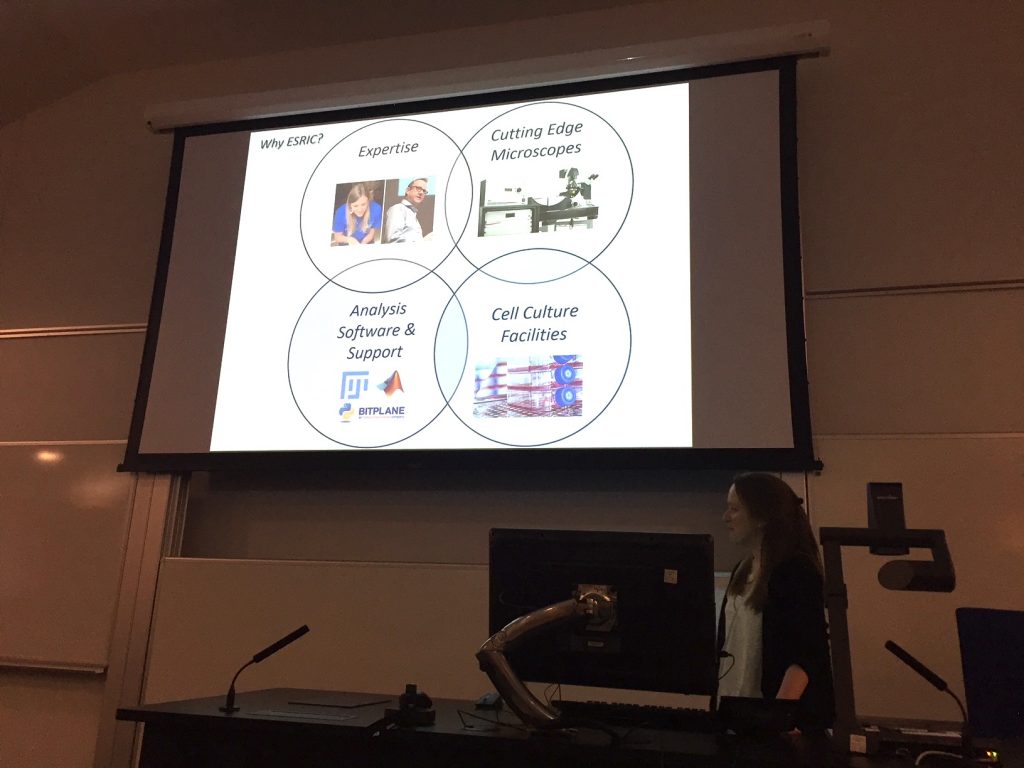
The diffraction limit of a microscope hinders the ability to see single molecules as the optics do not allow the researcher to distinguish between two fluorescently labelled molecules that are less than 200nm apart. As a means of overcoming this barrier, super-resolution microscopy utilises various tricks to go beyond the diffraction limit and image sub-cellular nanostructure in cells and tissues.

Dr Yang Tuo collecting in Ruili, CC-BY Our Biggest Dataset Yet. Oh, Ruili? * A new Data Note* provides genome sequencing data that effectively triples the number of plant species with available genome data.
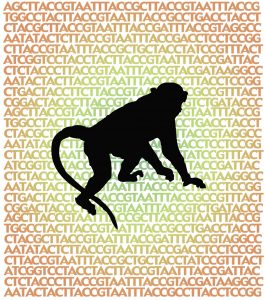
Monkey Microbiome Business Research just out in GigaScience introduces the macaque monkey to the microbial gene catalogue club, joining other important model organisms including the (also recently published in GigaScience) Rat, Mouse, Pig and Cow.
